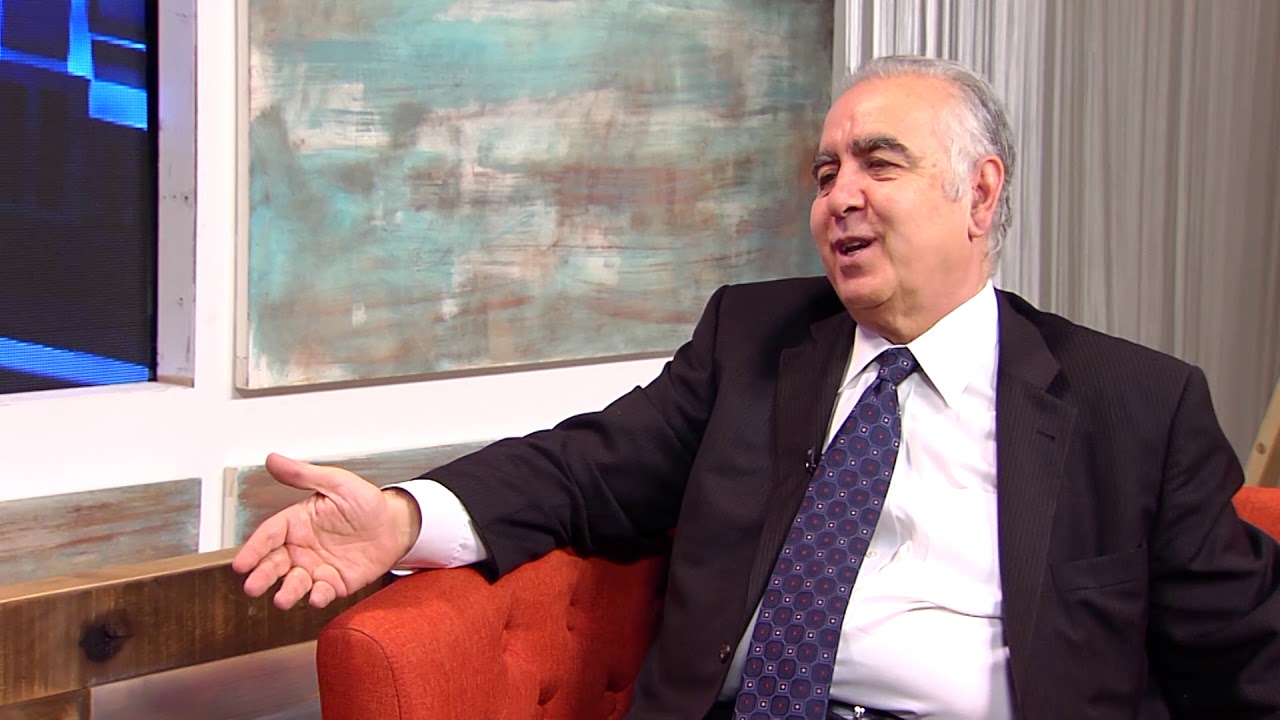I wrote an article in January 2016, titled: “Turkey was first country to recognize the Armenian Genocide in 1918.” However, most people are still unaware that ‘the Armenian Massacres’ were discussed and acknowledged by the Ottoman Parliament and Senate in 1918.
More recently, two Armenian members of the Turkish Parliament, Selina Dogan and Garo Paylan, raised the issue of the Armenian Genocide in the Parliament on January 14, 2016. Earlier, in November 2014, Parliament member Sebahat Tuncel submitted a resolution on the Armenian Genocide to the Turkish Parliament, asking Erdogan to issue an apology, declare April 24 as an official Day of Mourning, make public the documents in the Turkish archives about this mass crime, and pay material and moral restitution to the descendants of the victims. The proposed resolution was ignored by the Turkish Parliament.
Since writing my 2016 article, I came across a detailed analysis written by Prof. Ayhan Aktar in the History Workshop Journal, titled: “Debating the Armenian Massacres in the Last Ottoman Parliament, November – December 1918.” That debate took place following the defeat of the Ottoman Empire in WWI and occupation of Constantinople (Istanbul) by the victorious allied countries.
In the last two months of 1918, the Ottoman Parliament discussed over several days the Armenian Genocide, described at the time as massacres. A motion was presented which stated: “A population of 1 million people guilty of nothing except belonging to the Armenian nation were massacred and exterminated, including even women and children.” In response, Interior Minister Ali Fethi Okyar declared: “It is the intention of the government to cure every single injustice done up until now, as far as the means allow, to make possible the return to their homes of those sent into exile, and to compensate for their material loss as far as possible…. Yes, Gentlemen, I also say that our officials butchered many Armenians, including women and children and that their properties were plundered.”
A Parliamentary Investigative Committee was set up to collect all relevant documents showing the actions of those responsible for the ‘Armenian deportations and massacres.’ The evidence was turned over to the Turkish Military Tribunal, and those found guilty were hanged or given lengthy prison sentences.
Here are some excerpts from Aktar’s article: “Discussion of the Armenian massacres in the Ottoman Parliament began with motions calling the Union and Progress governments to account. When on November 4, 1918 the Ottoman Parliament convened in Istanbul the political attempts to find the perpetrators started with the first motion, tabled by Baghdat-Divaniye Deputy Fuat Bey a few days earlier. This demanded that members of the Sait Halim Pasha and Talaat Pasha cabinets be tried by the High Court…. Clause 10 [of the motion] made direct reference to the Armenian deportations and to the Teshkilat-i Mahsusa (the Special Organization), an irregular military force organized by the CUP [Committee of Union and Progress] leadership that had carried out deportations and massacres.”
Some of the parliamentarians who belonged to the old guard of Unionists, which were the majority in the parliament, without denying the Armenian massacres, made excuses similar to today’s Turkish Government, stating that Turks were also killed during this period.
Six Armenian deputies of the parliament submitted a motion demanding that “the deportation decision of May 27, 1915 and the decree of September 27, 1915 concerning expropriation of abandoned properties and real estate should be revoked, and that those deported from their native land be permitted to return. It further asserted that the administrative measures facilitating the sharing out among local notables of properties which had belonged to deported Armenians went absolutely against the spirit of the Ottoman Constitution of 1876.”
In response to accusations that some Armenians on the Eastern front had rebelled against the Ottoman Empire, Armenian Deputy Matyos Nalbandian responded: Even if some Armenians had committed illegal acts, does that justify “the removal and extermination of all Armenians” and “the confiscation and plunder of their properties?” Nalbandian also made a distinction between the Turks killed at the warfront and the innocent Armenian civilians who were massacred.
A similar discussion took place in the Ottoman Senate on Nov. 21, 1918. Ahmet Riza Bey made a motion demanding that “‘the atrocities committed under the name of deportation’ be investigated; that the negative impact throughout the country be determined; and that those involved in these affairs be prosecuted.”
Former Governor and Minister of Interior, Reshit Akif Pasha, stated that his investigation indicated that “these orders of deportation had been given by the well-known Minister of Interior [Talaat Pasha] and officially communicated to [governors in] the provinces.”
On December 9, 1918, Minister of Justice Haydar Molla told the Ottoman Senate that the crimes against Armenians were committed by state officials, politicians and ordinary Turks.
Importantly, none of the deputies, regardless of their party affiliation or background, denied the occurrence of the deportation and massacres of Armenians.
On December 21, 1918, the Ottoman Parliament was dissolved by Mehmed Vahdettin, the last Sultan of the Ottoman Empire. “When the Parliament finally reconvened with the newly-elected deputies on January 12, 1920, it was dominated by supporters of the resistance movement which had developed in Anatolia, under the leadership of Mustafa Kemal Pasha (later Ataturk),” wrote Aktar.
The Turkish Military Tribunals in 1919–20 tried and sentenced to death in absentia the masterminds of the Armenian massacres, Enver, Djemal and Talaat, the Young Turk leaders who had fled the country.


Leave a Reply